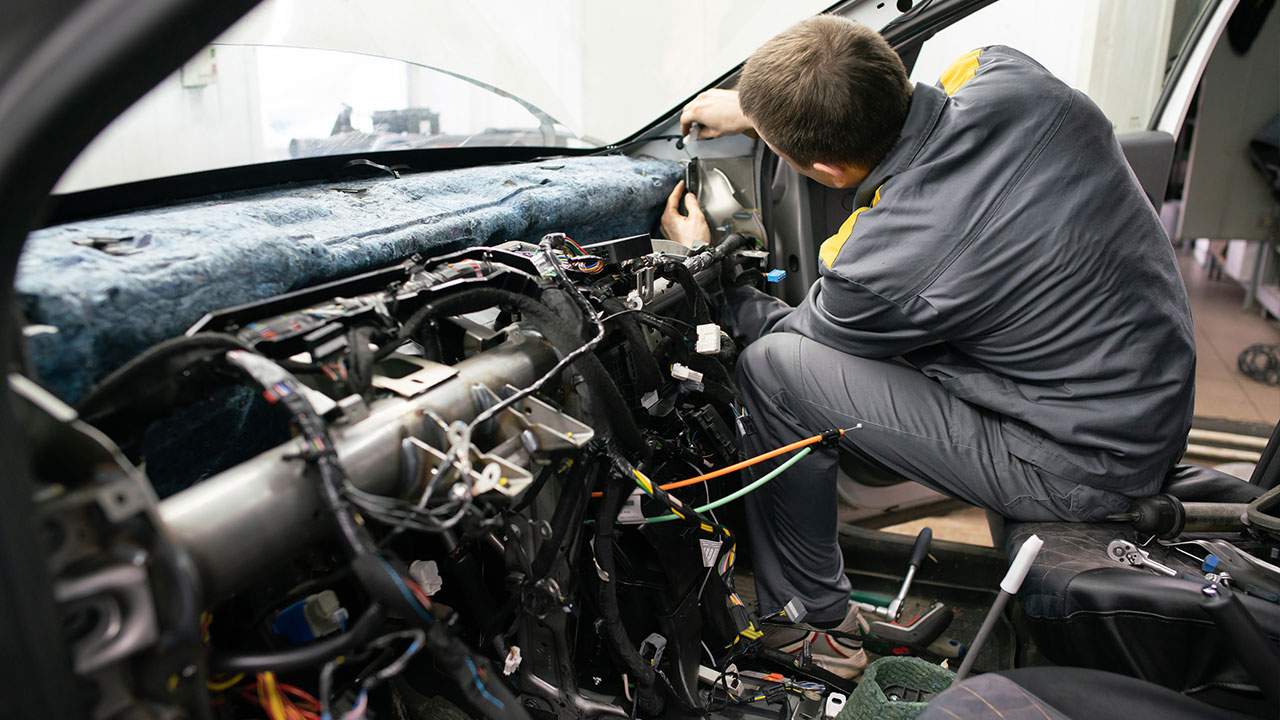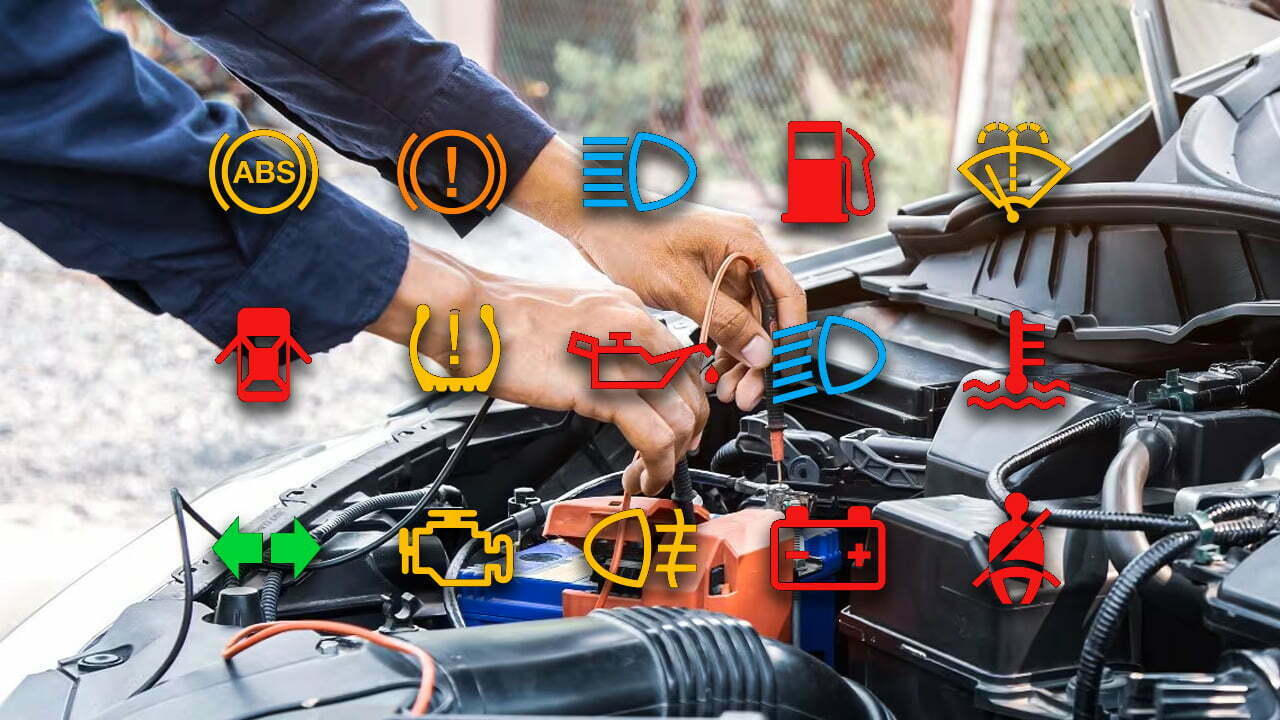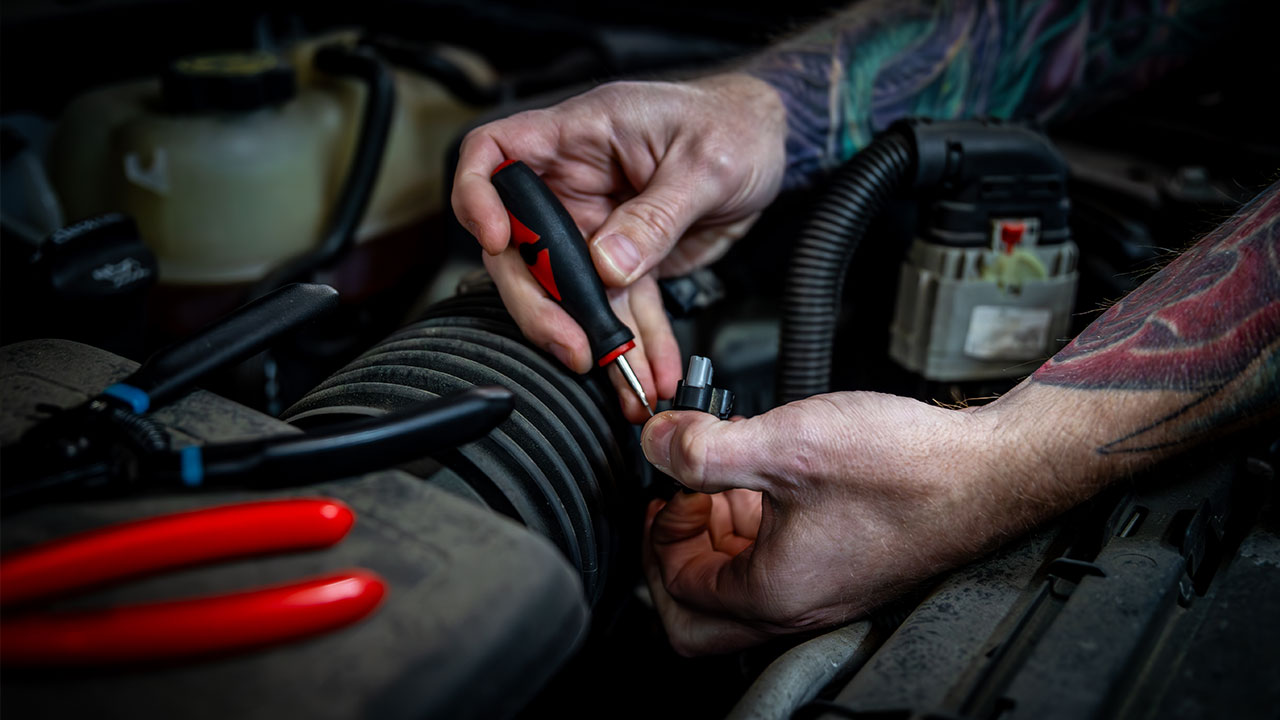A Technical Guide to OEM Position Statements
In modern collision repair, estimators and technicians face a critical decision when a single pigtail connector or wire is damaged: Should they attempt an electrical harness repair or replace the entire harness?
The "always replace" mentality is often considered the "safe" default. But it's frequently the more invasive, costly, and time-consuming option. Replacing a full harness can require R&I of engines, dashboards, or subframes, disturbing factory seals and introducing new risks.
Most OEMs provide a more precise, less-invasive solution: a sanctioned wire and connector repair. Knowing how and when to perform one is critical to a safe, profitable, and efficient collision repair.

What is an OEM Position Statement, Technically?
An OEM Position Statement is the manufacturer's official, documented stance on specific repair procedures. It is not a guideline or a suggestion; it is the definitive rulebook for safely and correctly restoring a vehicle to its pre-loss condition.
These statements are your most important tool for wire harnesses. They define the exact procedures, materials, and—most importantly—the limitations for any electrical harness repair.
Following these statements is non-negotiable for:
- Vehicle Safety & Function: Ensuring ADAS, occupancy, and other critical systems function as designed.
- Shop Liability: Providing documented proof that you followed the manufacturer's mandated procedure.
- Insurance Approval: Justifying the repair method, labor, and materials to insurers.

The Technical Rationale: When Repair is Superior to Replacement
Why would an OEM allow a repair on a complex electrical component?
- It's Less Invasive: A proper pigtail splice, performed with approved methods (like solder and heat shrink or specified crimp connectors), is a localized and controlled repair. This is often far less risky than disturbing dozens of other unrelated connectors, factory clips, and moisture-sealing grommets during a full harness replacement.
- It Maintains Integrity: Replacing an entire harness introduces new variables. When done correctly, a localized pigtail repair maintains the original harness routing, tension, and factory insulation in all other areas.
- It's a Validated Procedure: OEMs invest heavily in testing repair methods. Their position statements are the result of that testing, confirming that a specific splice or connector replacement meets their standards for conductivity, tensile strength, and corrosion resistance.
Decoding OEM Mandates: "Go" vs. "No-Go" Repair Zones
OEM Position Statements are, above all, a map of "Go" and "No-Go" zones for electrical harness repair.
🔴 "No-Go" Zones (Non-Repairable Systems)
This is the most critical area to understand. Repair is almost universally forbidden on:
Supplemental Restraint System (SRS): Any wires or connectors related to airbags, seatbelt pre-tensioners, or occupancy sensors. These must be replaced, typically with dedicated overlay harnesses.
High-Voltage (EV/Hybrid) Cables: These orange-sheathed cables carry lethal voltage and are never to be spliced or repaired.
High-Frequency Data Cables: Some shielded coaxial or twisted-pair cables (like those for advanced ADAS data) may be designated as non-repairable.
🟢 "Go" Zones (Repairable Circuits)
This category covers the vast majority of damage seen in collision repair. OEMs typically provide detailed procedures for repairing connectors and wires for:
- General Lighting (Headlights, Taillights, Fog Lights)
- ABS, Wheel Speed, and Other Chassis Sensors
- Blind Spot Monitors, Park Assist, and Radar Sensors
- Engine Bay Connectors (Temperature, MAF, etc.)
- General Body Harnesses (Speakers, Windows, Locks)
For these circuits, a high-quality pigtail is the OEM-preferred solution.
The Business Impact: Cycle Time, Severity, and Justification

Adhering to OEM-approved pigtail repairs directly impacts your shop's key performance indicators (KPIs).
- Slashes Cycle Time: A 1-hour pigtail repair versus an 8-10 hour harness replacement. The vehicle is in and out of the bay faster.
- Reduces Repair Severity: You turn a $4,500+ harness replacement into a sub-$300 repair (part + labor). This can be the difference that prevents a "total loss" on a borderline vehicle.
- Justifies the Repair: It provides the indisputable documentation needed to get paid by insurers. Handing an adjuster an estimate with the specific OEM position statement ends arguments before they begin.
Your Central Resource for Harness Repair
You don't need to hunt for this information. To perform these repairs with confidence, you need the documentation to back you up. That's why we built our Position Statements & Harness Repair resource page.
This page is a central hub for finding the OEM documentation you need to make the right call. We strongly recommend you bookmark it and use it as part of your standard estimating and repair planning process.
Click Here to Visit Our OEM Position Statement Resource Page
After confirming the repair procedure, the next step is getting the right part. When you need to find connectors or find pigtails guaranteed to match OEM specs, use our photo upload, VIN, or make/model search.
Do the job right. Do it with confidence.

